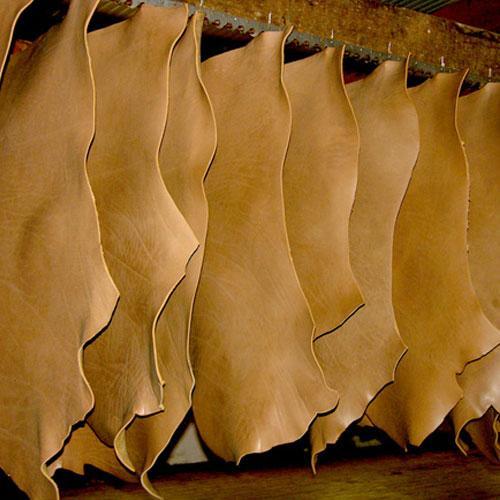What Is the best coating for work gloves?
Work gloves need to be both practical and provide the wearer with protection. For this reason, our gloves come with a range of coating designed to provide a barrier between the skin and whatever materials you handle.
While there is no “best” coating for work gloves, some are better than others in particular settings. Let’s take a look at some of the coating options available on the market today, their benefits, and the most appropriate applications for each.
Latex Coatings
Some of the gloves in our collection feature latex coatings, a polymer with unique stretch characteristics. Famous for its high elasticity, latex is ideal for jobs that require manual dexterity.
Latex offers a host of benefits. The microscopic structure of the material, for instance, makes it surprisingly grippy, opening up applications in both heavy lifting and delicate work. Furthermore, the polymer structure makes it resistant to chemicals and changes in temperature without loss of performance. The only issue is that some people are allergic to latex which may make it inappropriate in some settings.
Nitrile Coatings
Nitrile-coated gloves are one of the most popular varieties of work gloves in our collection, thanks to nitrile’s unique anti-tear properties.
The best way to think of nitrile is as a high-performance version of natural rubber. The material is more than three times as tear-resistant as latex, making it ideal for heavy applications where the failure of the glove could lead to injury.
Companies who need to protect their workers from asbestos, for instance, often choose Cat III gloves with nitrile coatings. Our Gripsafe gloves, for example, are designed to allow the handling of asbestos while maintaining manual dexterity.
Manufacturers often “foam” nitrile coatings to provide more grip when handling oily or wet objects. The small foam pockets in the material increase the coefficient of friction between the surface of the glove and the external object, giving the wearer more control.
Just like latex, nitrile is highly resistant to chemicals, heat, cold and bacteria. It can also withstand oil penetration, making it a common glove coating choice in workshops, factories and shipbuilding.
Polyurethane Coatings
Polyurethane is a type of plastic that also doubles up well as a glove coating and is often used for manual handling applications, such as moving boxes around in warehouses. Our Pred line of gloves employs polyurethane coatings as standard.
While polyurethane wasn’t always the most popular glove coating, businesses are now showing resurgent interest in the technology. Polyurethane has the benefit of being grippy without being sticky, giving it a more natural feel – a property is inherent to the polyurethane itself. Furthermore, the material doesn’t require any additional finishing to enhance the grip characteristics, lowering manufacturing costs and allowing firms to buy work gloves in bulk.
Polyurethane is famed for both its puncture and abrasion resistance. Gloves with this coating can survive high-friction environments and resist cuts, enhancing the safety of the wearer.
Just like the other coatings we’ve discussed here, PU gloves also protect against oils, solvents, fats and gasoline, without sacrificing tactile sensitivity.
In summary, there is a range of glove coatings available depending on the application. Customers, therefore, need to choose the one that best suits their current manual handling requirements.







